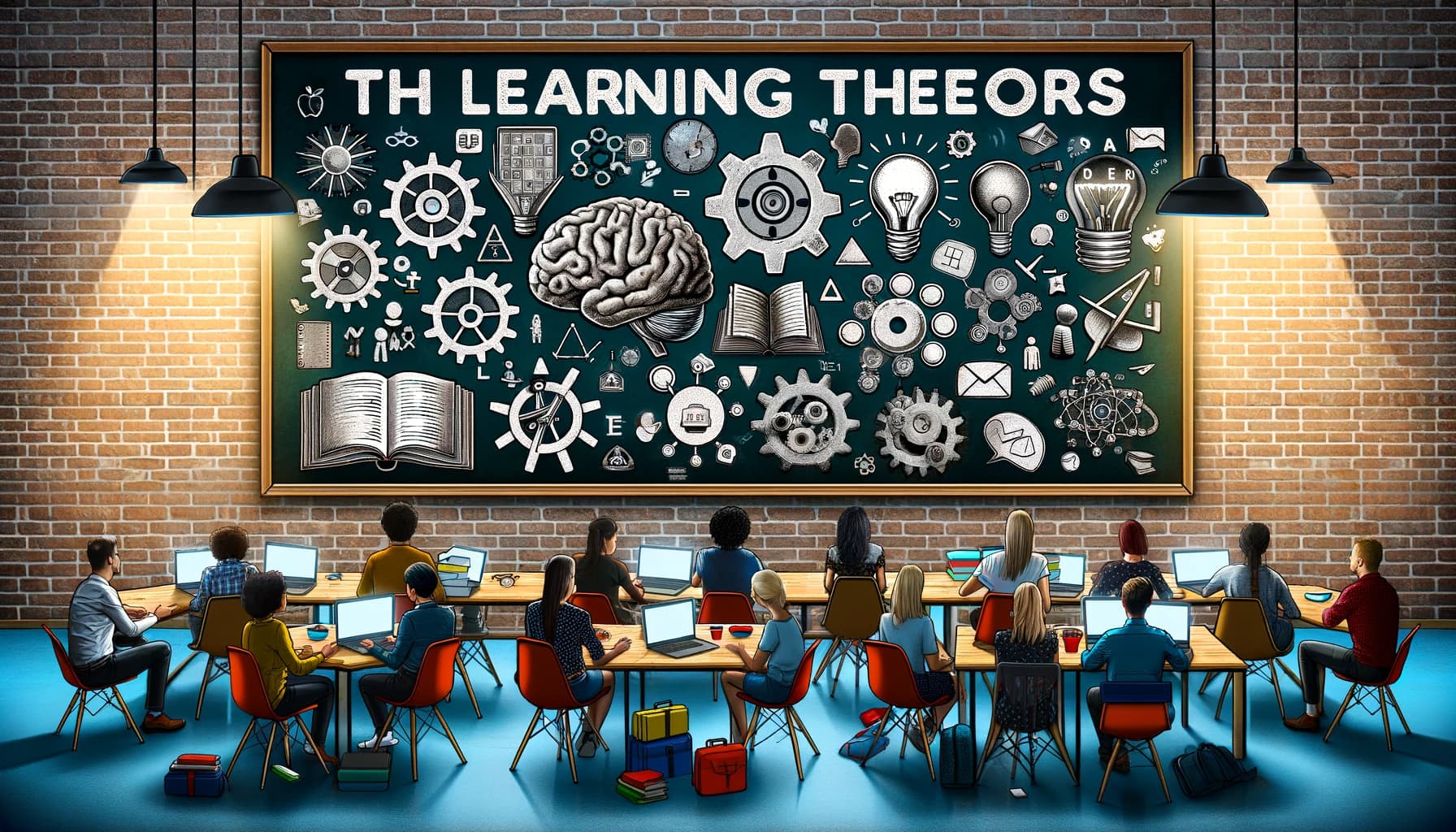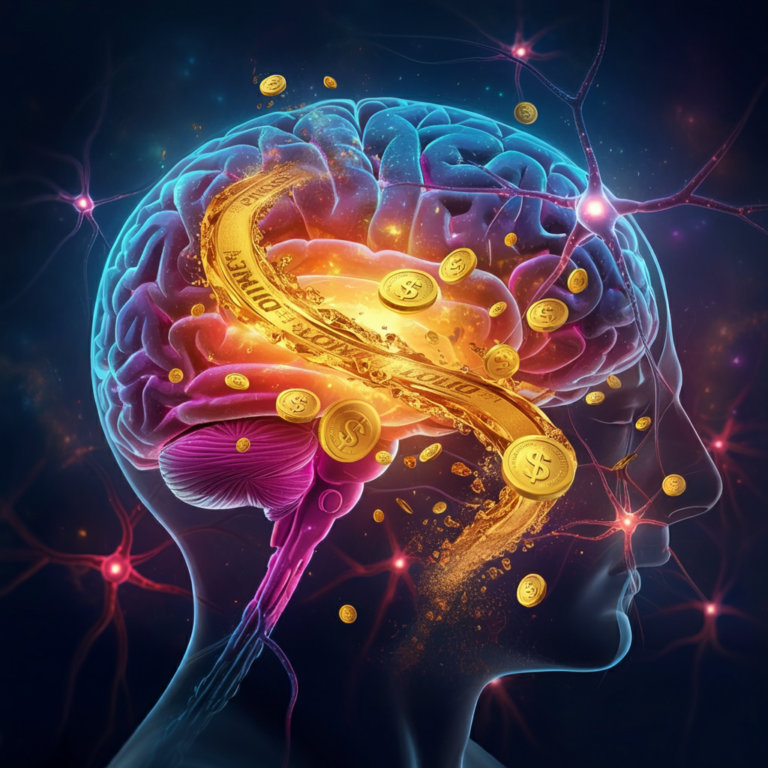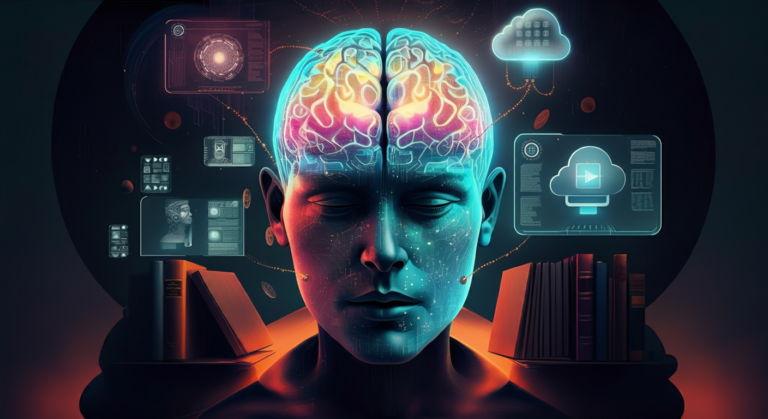Learning Theories
Learning theories are conceptual frameworks that describe how knowledge is absorbed, processed, and retained during learning. They offer insights into the cognitive, emotional, and environmental influences, as well as prior experience, that play a part in acquiring new knowledge or modifying existing knowledge. These theories can be broadly categorized into several types:
- Behaviorist Theories: Such as Connectionism by Thorndike, focus on observable behaviors and the responses to environmental stimuli. They often involve some form of stimulus-response association and reinforcement.
- Cognitive Theories: These, including Cognitive Load Theory by Sweller and Component Display Theory by Merrill, emphasize the internal processes of the mind that lead to learning, such as perception, memory, and problem-solving.
- Constructivist Theories: Proposed by researchers like Bruner, suggest that learners construct knowledge from their experiences. Learning is seen as an active process where meaning is developed on the basis of experience.
- Humanistic Theories: Such as Rogers’ Experiential Learning, stress the importance of personal growth and the development of the self. They highlight the role of individual experience in learning and the importance of the teacher as a facilitator.
- Social Learning Theories: These theories, not specifically listed here, but related to the likes of Vygotsky’s work, indicate that learning is a social activity, taking place through interaction with others.
- Cognitive Architectures: Like ACT-R by Anderson, model the complex processes of cognition and describe how various cognitive elements work together to form our mental processes and behavior.
- Adult Learning Theories: These, including Andragogy by Knowles and Adult Learning Theory by Cross, focus on the specific needs of adult learners, who are often self-directed and bring a wealth of experience to the learning process.
- Instructional Design Theories: These provide guidelines for how to structure learning materials and experiences. Examples include Gagne’s Conditions of Learning and Reigeluth’s Elaboration Theory.
Each theory has its strengths and is often best suited to particular types of learning situations. Educators and instructional designers draw on these theories to create effective learning environments and instructional materials tailored to the needs of their learners.
ACT-R (John Anderson):
ACT-R (Adaptive Control of Thought—Rational) is a cognitive architecture developed by John Anderson and colleagues. It models how humans recall information from memory and solve problems by breaking them down into subgoals, applying knowledge from working memory as needed, and looking at neural processes during complex problem-solving like algebraic equations
Adult Learning Theory (P. Cross):
The Adult Learning Theory, also known as the Characteristics of Adults as Learners (CAL) model by Cross, integrates various theoretical frameworks for adult learning including andragogy, experiential learning, and lifespan psychology. It focuses on how adults learn, summarizing the differences between adult and child learners in terms of principles, models, and theories, and relates to the transformative process of internalizing information that changes knowledge and skills.
Algo-Heuristic Theory (L. Landa):
Algo-Heuristic Theory, developed by Lev N. Landa, is an instructional design theory that prescribes instructions for problem-solving in a step-by-step process, encouraging learners to engage in either algorithmic or heuristic problem-solving. It is concerned with identifying mental processes, both conscious and unconscious, that underlie expert learning, thinking, and performance, and suggests that all cognitive activities can be analyzed into algorithmic, semi-algorithmic, heuristic, or semi-heuristic operations.
Andragogy (Malcolm Knowles):
Andragogy, as defined by Malcolm Knowles, is the art and science of adult learning. This theory contrasts with pedagogy and addresses the unique ways adults learn. Knowles proposed that adult learning is self-directed and that adults are motivated to learn as they identify the need to know or do something based on their life and career roles. He identified six principles that differentiate adult learners from children, emphasizing the need for learning to be relevant and practical.
Anchored Instruction (John Bransford):
Anchored Instruction is a teaching approach that introduces complex, realistic problems to students through “anchor” materials or media, such as videos. It creates a shared experience among learners as a starting point for further learning. This model encourages the application of knowledge to authentic situations, enhancing understanding and problem-solving skills.
Aptitude-Treatment Interaction (L. Cronbach & R. Snow):
The Aptitude-Treatment Interaction (ATI) model suggests that instructional strategies (treatments) are more effective when perfectly matched with an individual’s specific abilities or aptitudes. It proposes that learning is optimal when there is a proper alignment between a learner’s skills and the chosen instructional approach.
Attribution Theory (B. Weiner):
Attribution Theory, developed by Bernard Weiner, is a psychological framework explaining how individuals interpret the causes of their own and others’ behaviors. Weiner’s theory identifies three dimensions—locus of control, stability, and controllability—through which individuals assess the reasons behind success or failure. These assessments then influence their motivation and future efforts.
Cognitive Dissonance Theory (L. Festinger):
Cognitive Dissonance Theory, presented by Leon Festinger in 1957, is a psychological concept explaining how individuals deal with inconsistencies among their beliefs, values, or behaviors. The theory posits that such inconsistencies cause mental discomfort, leading people to alter their beliefs or behaviors to restore consistency and reduce the experienced dissonance.
Cognitive Flexibility Theory (R. Spiro):
Cognitive Flexibility Theory was introduced by Spiro, Feltovich, and Coulson. It relates to learning in complex and ill-structured domains. The theory underlines the necessity for learners to adaptively restructure their knowledge in response to changing situational demands. It advocates for a non-linear approach to teaching that enhances students’ abilities to apply knowledge and experience in new contexts and address novel problems.
Cognitive Load Theory (J. Sweller):
Cognitive Load Theory suggests that effective learning aligns with human cognitive architecture, particularly regarding the limitations of working memory. Introduced by John Sweller, it emphasizes the importance of instructional design that avoids overloading the working memory, enabling better learning by managing cognitive load through the use of schemas.
Component Display Theory (M. David Merrill):
Merrill’s Component Display Theory classifies learning along two dimensions: content (facts, concepts, procedures, principles) and performance (remembering, using, generalities). It proposes four primary presentation forms—rules, examples, recall, and practice—and is considered a learner-driven, computer-based instructional model that applies to all forms of instruction.
Conditions of Learning (Robert Gagne):
Gagne’s theory delineates a sequence of events that enhance learning, identifying various types and levels of learning, each requiring different instructional strategies. It’s based on the premise that learning is a behavioral outcome influenced by environmental factors and the individual cognitive process.
Connectionism (Edward Thorndike):
Connectionism, as proposed by Edward Thorndike, describes learning through trial and error that affects neural connections between stimuli and responses. It emphasizes the importance of environmental influences over internal factors and is characterized by Thorndike’s primary laws, including the law of effect, law of readiness, and the law of exercise.
Constructivist Theory (Jerome Bruner):
Bruner’s constructivist theory revolves around the concept that learners construct meaning through discovery learning. It includes three modes of representation (enactive, iconic, symbolic) and suggests a progression from concrete to more abstract forms when encountering new material. This theory also includes the notion of scaffolding, influenced by Vygotsky, which supports learning in a social context.
Contiguity Theory (Edwin Guthrie):
Guthrie’s Contiguity Theory posits that learning occurs due to the association between a particular stimulus and response, primarily through a pattern or chain of movements rather than behaviors. This association is strengthened by the close temporal relationship between stimuli and responses.
Conversation Theory (Gordon Pask):
Conversation Theory, developed by Gordon Pask, is based on a cybernetics framework and posits that learning occurs through conversations that make knowledge explicit. This theory encompasses learning in living organisms and machines and underlines the importance of dialogic interaction in the learning process.
Criterion Referenced Instruction (Robert Mager):
Criterion Referenced Instruction (CRI) is a framework developed by Robert Mager for designing and delivering training programs. It emphasizes the use of clearly defined objectives to guide instruction, including goal/task analysis, performance objectives, and evaluation. Mager’s model is particularly influential in self-paced learning environments like eLearning, where it helps in structuring content to meet specific learning outcomes.
Double Loop Learning (C. Argyris):
Double Loop Learning, as proposed by Chris Argyris, focuses on questioning and modifying underlying values and assumptions in addition to problem-solving. This theory is applied to complex and ill-structured problems where the problem-solving process itself may lead to a change in the initial problem’s understanding. It involves a deep reflection on the causes and consequences of actions, not just the actions themselves.
Drive Reduction Theory (C. Hull):
Developed by Clark Hull, Drive Reduction Theory is a motivation theory that posits behaviors are driven by the need to satisfy physiological needs or drives, such as hunger or thirst. These drives create states of tension that organisms are motivated to reduce in order to restore homeostasis. The theory suggests that behaviors that successfully reduce these drives are reinforced.
Dual Coding Theory (A. Paivio):
Allan Paivio’s Dual Coding Theory suggests that information is processed in two distinct channels: verbal and visual. The theory posits that these two types of information are coded differently in the mind, creating separate representations. The dual coding of information, both verbally and visually, can enhance memory and retrieval, explaining the picture superiority effect where pictures are often remembered better than words.
Elaboration Theory (C. Reigeluth):
Elaboration Theory, introduced by Charles Reigeluth, is a framework for designing instructional content that is organized from simple to complex, building upon learners’ prior knowledge. It recommends a sequencing of content that supports learners in integrating new ideas within a meaningful context and emphasizes the importance of elaboration for deep learning. The theory has been applied across various settings in education and training.
Experiential Learning (C. Rogers):
Experiential Learning, as theorized by Carl Rogers, places heavy emphasis on the involvement and self-initiation of the learner in the learning process. Rogers posited that the most profound learning experiences involve both affective and cognitive personal involvement and are self-driven. These experiences are transformative, capable of altering attitudes, behavior, and even the personality of the learner. Learning, in this view, is equated with personal change and growth, highlighting the idea that all individuals have an innate ability to learn and that the role of the educator is to facilitate this process rather than direct it. Key aspects include complete participation by the student, learning that arises from direct engagement with real-life challenges, and self-evaluation as a means of assessing progress.






